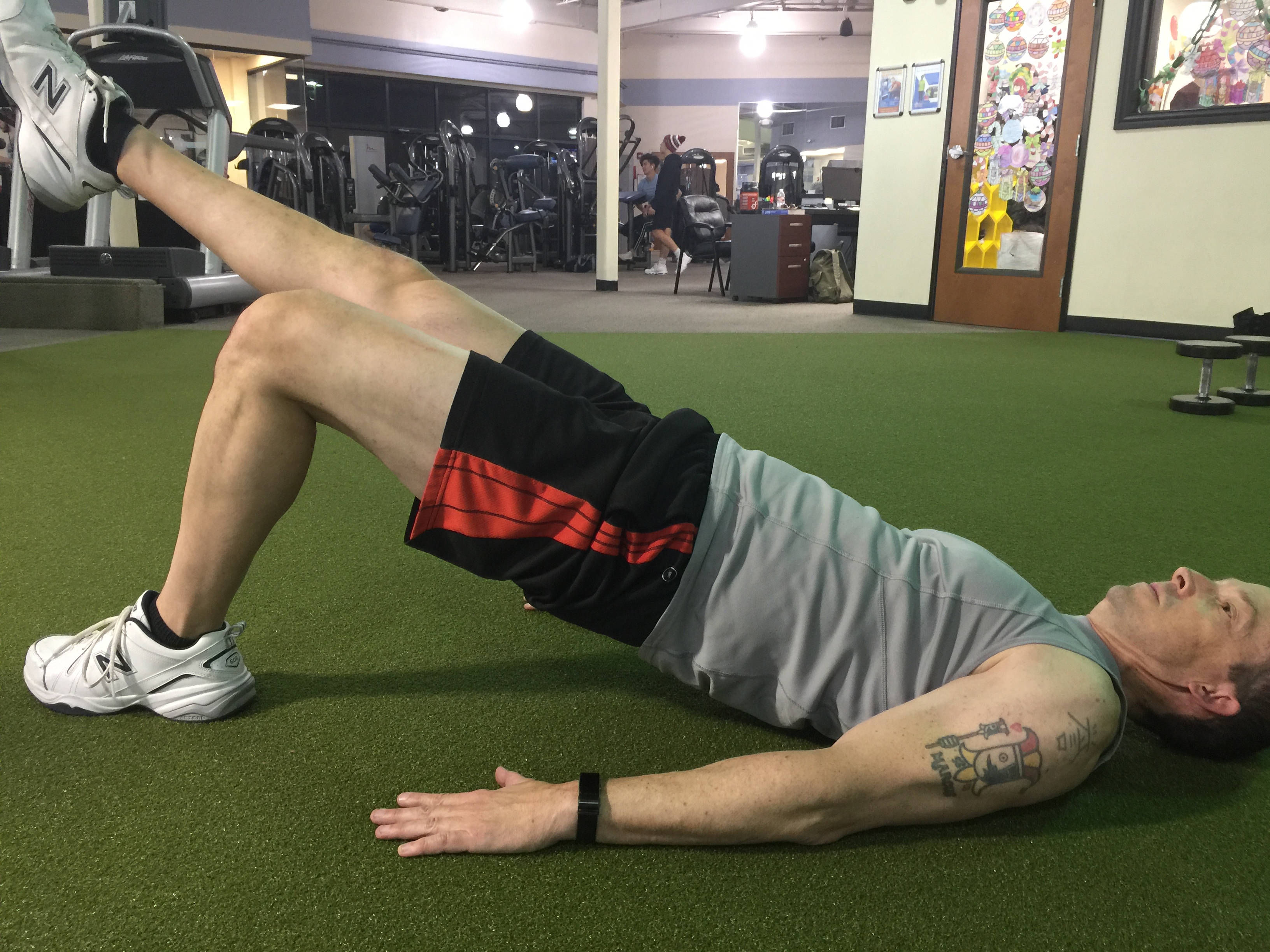Almost every strength and conditioning textbook includes guidelines for volume/intensity of exercises when we are training for different goals. For example, the table below has some generic guidelines depending upon one’s goal:
| Goal | Sets | Repetitions | Intensity |
| Maximal strength | 3-5 | 1-8 | 80-100% |
| Hypertrophy | 3-5 | 8-12 | 70-80% |
| Endurance | 3-5 | 12+ | <70% |
We might quibble about adding/subtracting some repetitions or adjusting the intensity somewhat, but by and large most strength and conditioning professionals are going to accept the table above.
Now, here’s the interesting thing: there isn’t a research basis for those guidelines. There aren’t long term studies that establish these guidelines. There are studies that show that certain rep/percentage ranges build strength or hypertrophy, but not that there’s an ideal. These ranges have been used in research for a long time and ultimately a lot of them are from a translated East German textbook from the 1970’s and it’s something we’ve all accepted as Gospel.
Adam Gonzalez, in the Journal of Strength and Conditioning Research, conducted a literature review to look at what we “know” about these program variables in terms of training for maximal strength and hypertrophy. He examined the literature with regards to program variables and muscle activation, anabolic response, and muscle adaptations.
Muscle activation:
The author begins by noting that higher intensity training (say 80% of 1-RM plus versus 30%) results in greater recruitment of Type II muscle fibers. So, the logical thought would be that training for strength would be better at recruiting those muscle fibers than hypertrophy training. However, the research on trained individuals doesn’t reveal a difference between training at ~70% and training at ~90% for trained individuals.
Anabolic responses:
No surprise, the hypertrophy approach (higher volume, moderate reps, reduced rest) results in a greater anabolic hormone response during a training session. Having said that, it does not appear that this elevation has an impact on muscle growth from training, which is interesting.
Muscular adaptation:
First, it looks like training with heavier weights (higher relative intensity) leads to better strength gains. Second, it’s not clear that hypertrophy training or strength focused training is better for increasing muscle size.
I really like this article, it’s got practical information using trained subjects that can be put into a program almost immediately. Personally I like to incorporate higher volume training early on as it’s best for developing ligaments and tendons, but I abandoned the idea of doing x weeks of hypertrophy training, then x weeks of strength training, then x weeks of power training long ago.
Gonzelez, A.M. (2016). Acute anabolic response and muscular adaptation after hypertrophy-style and strength-style resistance exercise. Journal of Strength and Conditioning Research, 30(10), 2959-2964.



